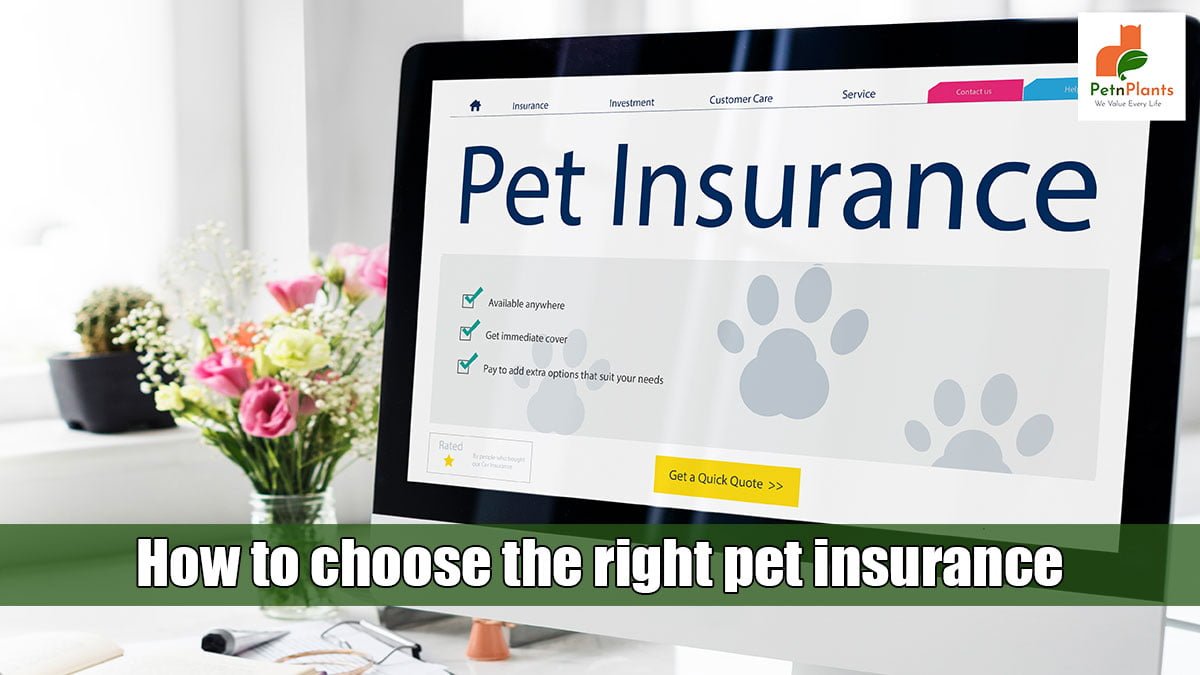How To
Latest
Pet Care
How to Groom Your Dog at Home with the Right Dog Grooming KitMarch 19, 2025
We Value Every Life

Are you considering getting pet insurance? Whether you’re new to the idea or have been considering it for some time, there’s a lot to consider before you make the decision. In this article, we’ll outline some key factors to consider when choosing pet insurance and provide a few tips on finding the best policy for your needs.
Whether or not to buy pet insurance can seem daunting, especially if you’re not entirely sure what you need coverage for. Here are a few things to keep in mind when choosing the right policy:
There are a few things to keep in mind when choosing pet insurance:
When considering whether to buy pet insurance, it’s important to consider the differences between coverage for your pet and coverage for you. Homeowner coverage typically includes property damage, personal injury, and liability claims arising from events on or near your home. Pet coverage, on the other hand, typically only covers accidents outside your home or property. Here are some factors to consider when deciding which type of coverage is right for you:
If you’re considering pet insurance, remember a few things. The first is that the price of pet insurance will vary depending on the type of coverage you need and the company you choose. The second is that the amount you need to pay each month will also vary depending on your pet’s age and health. Finally, always compare quotes before deciding to ensure you’re getting the best deal. Here are some tips for choosing the right pet insurance:
-Shop around to find a good deal. Pet insurance can be expensive, so comparing quotes is important before purchasing.
-Choose a company with a good reputation. Ensure the company has a good customer service history and provides quality products.
-Consider your needs. Different types of coverage are available for pets, so read the policy carefully to see what’s covered. For example, some policies include coverage for accidents and illnesses, while others cover only specific types of injuries or illnesses.
-Think about how much money you’ll need to spend each month. Your monthly payment will vary depending on your pet’s age and health.
Pets are family members, and like any other family member, they deserve to be treated well. That means that pet owners need the proper insurance to cover the costs of those unfortunate accidents or illnesses that might occur with their furry friends. However, choosing the right type of pet insurance can be daunting. In this blog post, we will discuss some of the things to consider when choosing pet insurance.
There are a few factors to consider when selecting pet insurance: the type of pet you have, your deductible, whether you want coverage for pre-existing conditions, and whether you want coverage for lost or stolen pets. Each type of policy offers its benefits and drawbacks, so it is important to carefully review all of the details before making a decision.
One important factor to consider is the type of pet you have. Some policies are designed specifically for cats or dogs, while others may cover a wider range of animals. Make sure you know what is covered under your policy before purchasing it.
Another important factor to consider is your deductible. This is the amount you must pay before your policy begins covering any expenses. The higher your deductible, the less money you will have to pay.
When it comes to choosing the right pet insurance, there are a few things you should take into consideration. First and foremost is the coverage your policy offers for veterinary expenses. Ensure that your policy includes routine care and emergency services, as pets can sometimes incur expensive injuries or illnesses. Next, review the deductible and annual maximums that your policy has in place. These limits will help you determine how much money you will have to pay out of pocket before your insurer kicks in. Finally, consider what kind of claims experience your insurer has had in the past – if they have a good track record with handling claims quickly and efficiently, this is a positive sign that their policies will work well for you too.
0